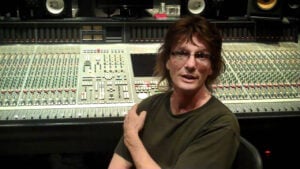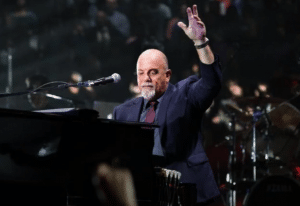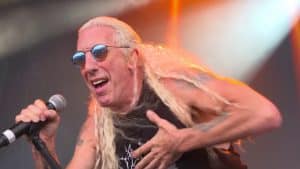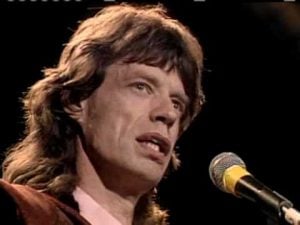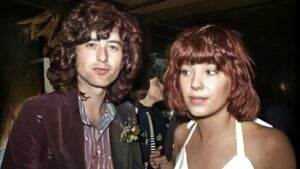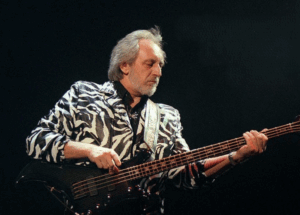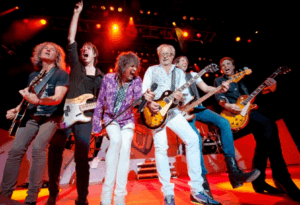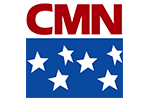10 Bands With No Original Members Left
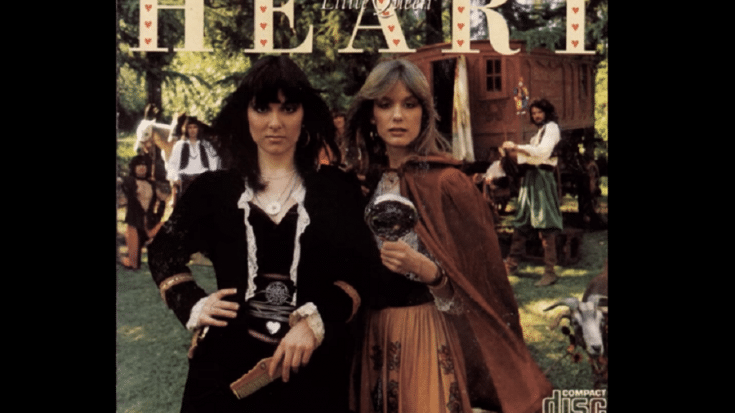
via thebandheart/YouTube
Many bands have experienced a lot of changes with their lineups and sometimes new members wouldn’t even get to see the founders. There are a plenty of reasons why a band needs to reform. For some, members go in a different direction, while others have members who passed. We list down 10 bands with no original members left. Take a look at them below.
1. YES
The band was founded in 1968 by Jon Anderson, Peter Banks, Bill Bruford, Tony Kaye and Chris Squire. Banks was the first one to leave, followed by Kaye and then Bruford in the early 70’s. Eventually, Kaye returned in the band’s ’80s pop era and Anderson stayed on and off through 2004.
Members Steve Howe and then Alan White joined YES in 1971-72. A decade later, Howe left for a time to work with Asia. Geoff Downes and Billy Sherwood replaced Squire and Jon Davison came on board in 2012. Afterwards, ousted founding member Anderson launched his own version of YES with Rick Wakeman and Trevor Rabin.
2. Blackfoot
In 1969, Rickey Medlocke co-founded this Southern rock band. It led to the original lineup of Charlie Hargrett, Greg T. Walker and Jakson Spires. In the ’80s, all of Medlocke’s collaborators left. In 1996, Medlocke join Lynyrd Skynyrd.
In the early 2000s, Hargrett, Walker and Spires reformed Blackfoot. Sadly, Spires died and eventually the others left again. Medlocke become a producer and started to rebuild an entirely new lineup of Blackfoot in 2012 while he continues to work with Lynyrd Skynyrd. In 2021, the whole lineup changed all over again.
3. Blood, Sweat and Tears
In 1967, Bob Dylan sideman Al Kooper co-founded Blood, Sweat and Tears. The original lineup didn’t last after their first album. Members Steve Katz and Bobby Colomby recruited singer David Clayton-Thomas, who contributed to the band’s hit singles in the ’70s including “You’ve Made Me So Very Happy” and “Spinning Wheel.”
In 2004, Thomas departed for the third time leaving the band in drummer Bobby Colomby’s hands. Although, Colomby didn’t recruited new members, instead, he rebuilds a new lineup of Blood, Sweat and Tears. It includes, American Idol alum Bo Bice and Ween keyboardist Glenn McClelland, among others. Ex-Tower of Power singer Tom Bowes followed Bice, and eventually replaced by Keith Paluso, a former contestant on The Voice.
4. Thin Lizzy
In 1969, childhood friends Brian Downey and Phil Lynott formed Thin Lizzy with two former members of Van Morrison’s band Them. Guitarists Brian Robertson and Scott Gorham joined before the band’s 1975 commercial breakthrough. Robertson was eventually replaced by Gary Moore. Before the band split in 1983, Lynott also worked with members of the Sex Pistols.
In 1996, Gorham together with co-founder Downey and ’80s-era member Darren Wharton began leading Thin Lizzy again. In 2010, Ricky Warwick joined as frontman then Downey left. Judas Priest drummer Scott Travis took over as the band honors Lynott’s death in a 2016 tour.
5. Heart
Long before the first Wilson sister joined in the early ’70s, Roger Fisher and Steve Fossen were the co-founders of the early incarnations of Heart in 1967. The band’s name was used to be the Army and was changed to White Heart and eventually they were called Hocus Pocus.
Before co-founders Fisher and Fossen left, Nancy and Ann Wilson led Heart to multi-platinum success in the ’70s. Members Denny Carmassi and Gilby Clarke then joined for a new lineup. Just this year, Nancy announced her own version of Heart.
6. The Hollies
In late 1962, school friends Allan Clarke and Graham Nash co-founded the Hollies. Members Tony Hicks, Bobby Elliott and Bernie Calvert were added and they charted with songs like “Bus Stop.” Eventually, Nash left in 1968 to form Crosby, Stills and Nash and he was replaced by Terry Sylvester. The band continued their hit-making ways into the ’70s with “Long Cool Woman in a Black Dress” and “The Air That I Breathe.”
In 2000, Clarke announced his retirement and former lead singer of the Move Carl Wayne took over. He was then replaced by Peter Howarth while early members Hicks and Elliott continue with the group.
7. Ratt
Co-founder Stephen Pearcy first called the band Mickey Ratt. A year after Robbin Crosby joined, the name was shortened to Ratt. Their early ’80s hit-making lineup completed with the additions of Warren DeMartini, Bobby Blotzer and Juan Croucier. In 1990, the band split with Crosby, and Ratt disbanded in 1992. Five years later, Pearcy, DeMartini and Blotzer reunited as Ratt. Pearcy left once more in 2014.
Blotzer announced a 2016 lineup that also included ’90s-era addition Robbie Crane. But DeMartini didn’t want the band to continue without Pearcy. Meanwhile, Blotzer sued Croucier, who also had his own Ratt-themed group out on the road some time. Pearcy then reunited with Croucier to launch still another version of Ratt, with all-new bandmates.
8. Little River Band
The band was formed in 1975 in Melbourne and found quick success with a lineup led by the voices and songwriting of Graeham Goble and Glenn Shorrock. In the early ’80s, John Farnham joined during a minor comeback. In the ’90s, fellow co-founder Beeb Birtles left and the rest followed.
In 1980, Goble brought Wayne Nelson in as a bassist and they reached fame with songs like “The Other Guy,” “Take It Easy on Me” and “The Night Owls.” Nelson lead vocals and 2000, he’d become Little River Band’s frontman. Nelson’s longest-tenured current bandmate joined in 2004.
9. Quiet Riot
In 1973, the band was co-founded by a pre-Ozzy Osbourne Randy Rhoads. Quiet Riot rose to fame in the early ’80s when Kevin DuBrow, Carlos Cavazo, Rudy Sarzo and Frankie Banali released hit song “Metal Health.”
DuBrow organized a 2004 reunion before leadership fell to Banali who arrived nearly 10 years after Quiet Riot started. Both have since passed, leaving behind a lineup that included longtime bassist Chuck Wright, and newer additions Alex Grossi and Jizzy Pearl. Sarzo later returned to replace Wright.
10. Humble Pie
The original lineup featured Steve Marriott, Jerry Shirley, Greg Ridley, Peter Frampton and then David “Clem” Clempson. They were best known for hits “30 Days in the Hole” and a cover of “I Don’t Need No Doctor.” Frampton left to go solo prior to the release of 1971’s Performance Rockin’ the Fillmore. Marriott died in a 1991 and Ridley passed 12 years later, after taking part in a Humble Pie reunion that included 2002’s ‘Back on Track.’
Shirley now manages the band. Dave “Bucket” Colwell, a Bad Company alum who took part in Humble Pie’s ‘Back on Track’ sessions, served as co-leader before the return of Clempson. The rest of the new members joined after, including singer Dave Walker, who have been with Fleetwood Mac for a short time.















